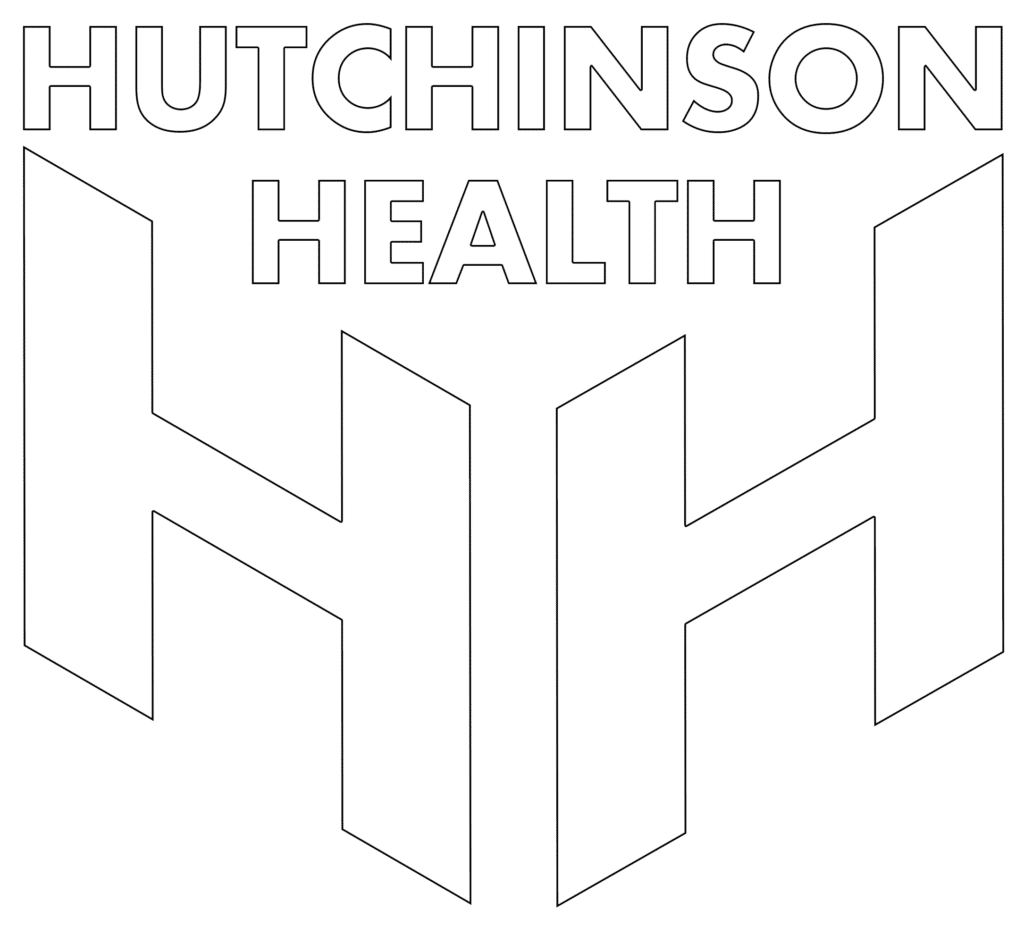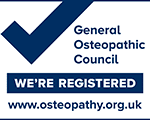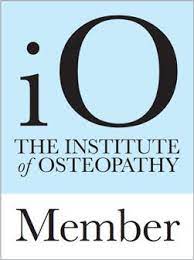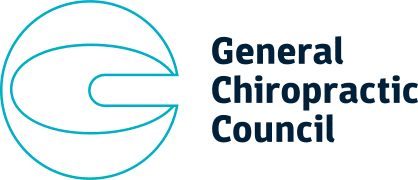According to the Global Burden of Disease study, headache disorders are among the most prevalent and disabling conditions worldwide and it is estimated each day around 15% of the world population have a headache. In a study which compared the data from 357 studies, it was estimated that around the world, 52% of the population are frequently affected by headaches. For those that suffer regularly, 14% had migraine headaches and 26% tension type headaches. These are known as primary headaches as they are benign and not due to another underlying cause.
There was also a reported gender difference with females reporting more headache episodes than males. Females also report more migraine type headache than that of tension type headache and most often in the age range of 20-64 years of age.
Of the various headache types, it is recognised tension headache and migraine are the most common recurrent primary headaches globally, and cervicogenic (neck triggered) headache is one of the most common secondary headache types. Whilst there is less evidence of the impact on society regarding cervicogenic headaches, the impact of tension headaches and migraine are well documented in the literature.
Whilst there are many reasons for headache presentations, chiropractors and osteopaths are able to help patients who are suffering with migraine type headaches, tension type headaches, and cervicogenic headaches by using manual therapy techniques which helps both reduce the frequency of presentation of headaches but also removes the triggers, and educates patients in relation to triggers to better help in managing the headaches in the future.
How common are tension type headaches?
The International Classification of Headache Disorders in commenting regarding tension type headache, recognises other descriptions as part of this category, including muscle contraction headache, stress headache, ordinary headache, and essential headache to name a few.
The tension type headache often impacts sufferers their whole life and with that, has a high socio-economic impact. It can be of an acute nature in which you may experience a headache less that once per month or in some cases a chronic diagnosis where the patient has experienced recurring headaches over a three month period and more frequent episodes.
The tension type headache is characterised by tender points in the muscles of the head and neck areas, known as trigger points, that can refer pain into the head, typically into the forehead and behind the eye.
What is causing tension type headaches?
In the majority of cases in clinic, the trigger to the tension type headache is postural overloading of the muscles that support the head. This is where the head is held forward, out of alignment with, and therefore not supported by, the rest of the spine. Over a period of time, this position will continually strain the muscles in the neck and cause a chronic fatigue injury, triggering the headache symptom.
How to treat tension type headaches?
As manual therapy specialists, chiropractors and osteopaths are well placed in helping treat patients with tension type headaches. The therapy is focused on the treatment of the trigger points in the muscles and overlying tissue known as the fascial. Through the manipulation of the muscle using soft tissue massage techniques and trigger point therapy, the symptoms can be initially reduced and then cleared over a short course of treatment.
The other additional cause can also be stress related from an emotional viewpoint and through holding tension in our muscles we can cause the overload of the muscles and trigger the symptoms of headache.
It is always part of the treatment that through discussion with the patient, we are able to identify the original cause and trigger to the tension type headache. By addressing these facts during the treatment, not only are we able to help you in getting better and clearing the headache but also provide you with the tools to stop the tension returning and triggering another headache episode.
What is a Cervicogenic headache?
A cervicogenic headache literally means ‘head pain with a cervical source’. The term cervical refers to the cervical spine which is made up of the top vertebra known as the occiput and the seven vertebrae of the spine below.
In cervicogenic headaches, the symptoms that patients will experience are pain on one side of the head and neck, which can be continuous or intermittent, and spreads from the neck and up into the head. There can also be pain into the shoulder on the same side and into the arm on the same side. There is often reduced pain free movement in the neck and the headache pain is triggered with movement that impacts the restricted area, such as turning the head to look around. The pain can also be worse if the movement is performed in a quick fashion.











